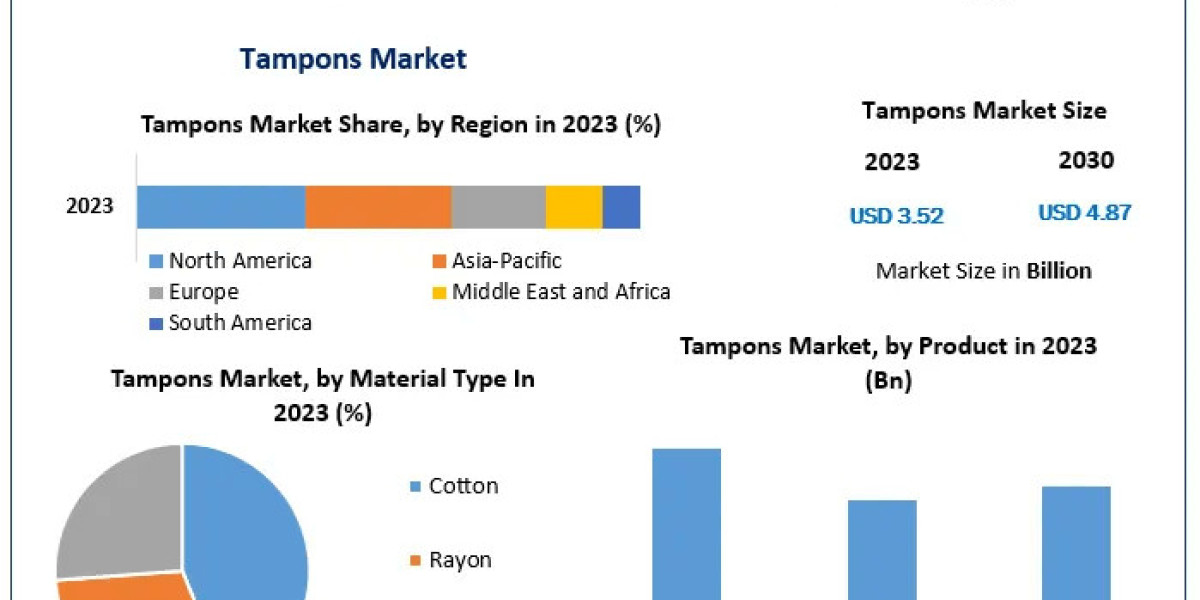Tooth extractions are a common dental procedure performed to remove a tooth from its socket in the jawbone. While preserving natural teeth is always a priority, extractions become necessary in certain situations to protect oral health or prepare for other dental treatments. This blog will provide a detailed overview of tooth extractions, including reasons for the procedure, what to expect, recovery tips, and potential complications.
What Are Tooth Extractions?
A tooth extraction involves the removal of a tooth from its alveolus (socket) in the jawbone. The procedure can range from simple to surgical, depending on the complexity of the tooth’s condition.
When Are Tooth Extractions Necessary?
Tooth extractions are recommended for various reasons, including:
1. Severe Tooth Decay or Infection
When tooth decay or infection reaches the pulp (innermost part of the tooth), it can lead to pain, abscess formation, and the risk of spreading infection. If a root canal is not feasible or effective, extraction may be necessary.
2. Gum Disease (Periodontitis)
Advanced gum disease can cause teeth to loosen due to the deterioration of supporting tissues and bone, necessitating extraction.
3. Overcrowding
Extractions may be required to create space in the mouth, especially in preparation for orthodontic treatments like braces.
4. Impacted Teeth
Teeth that fail to fully erupt, such as wisdom teeth, can cause pain, infection, and misalignment. Surgical extraction is often necessary for these cases.
5. Trauma or Injury
Teeth damaged beyond repair due to accidents or injuries may need to be removed.
6. Preparation for Dentures or Implants
In some cases, unhealthy teeth are removed to accommodate prosthetic solutions like dentures or implants.
7. Risk of Infection
Teeth in areas of infection or near medical treatment zones (e.g., before chemotherapy) might be extracted to prevent complications.
Types of Tooth Extractions
1. Simple Extraction
- Performed on visible teeth.
- Involves loosening the tooth with an elevator and removing it using forceps.
- Typically done under local anesthesia.
2. Surgical Extraction
- Required for teeth that are impacted or broken below the gumline.
- May involve making an incision in the gum and removing bone or cutting the tooth into pieces.
- Often performed under local anesthesia with or without sedation.
What to Expect During the Procedure
1. Consultation and Examination
- The dentist will review your medical and dental history.
- X-rays are taken to assess the tooth's condition and position.
2. Anesthesia
- Local anesthesia is administered to numb the area.
- Sedation or general anesthesia may be used for surgical extractions.
3. Extraction Process
- For a simple extraction, the dentist loosens the tooth and removes it.
- For a surgical extraction, the dentist may need to cut into the gum, remove bone, or section the tooth for easier removal.
4. Post-Extraction Care
- The site is cleaned, and gauze is placed to control bleeding.
- In some cases, stitches may be required.
Recovery After Tooth Extraction
Proper post-extraction and Dentist in Mckinney care is crucial for a smooth recovery.
1. Immediate Aftercare
- Bleeding: Bite on gauze for 30-45 minutes to control bleeding.
- Avoid Dislodging the Clot: Do not rinse, spit forcefully, or use straws for the first 24 hours.
2. Managing Pain and Swelling
- Use over-the-counter pain relievers or prescribed medications.
- Apply an ice pack to reduce swelling during the first 24 hours.
3. Oral Hygiene
- Avoid brushing near the extraction site on the first day.
- Rinse gently with salt water after 24 hours to keep the area clean.
4. Diet
- Stick to soft foods like yogurt, mashed potatoes, and smoothies for the first few days.
- Avoid hot, spicy, or crunchy foods that might irritate the area.
Potential Complications
While most tooth extractions are straightforward, complications can occur:
1. Dry Socket
- Occurs when the blood clot at the extraction site dislodges or dissolves.
- Symptoms include severe pain and an unpleasant taste or smell.
- Treatment involves cleaning the socket and applying a medicated dressing.
2. Infection
- Signs include fever, swelling, and discharge from the site.
- Prompt dental attention and antibiotics may be required.
3. Nerve Damage
- Rare but possible, particularly with wisdom tooth extractions.
- Symptoms include numbness or tingling in the lips, tongue, or chin.
4. Prolonged Bleeding
- Persistent bleeding may indicate an issue with clotting.
Tips for a Smooth Recovery
- Follow your dentist’s instructions carefully.
- Avoid smoking or using tobacco products, as they can delay healing.
- Get plenty of rest and avoid strenuous activity for the first 24-48 hours.
- Keep follow-up appointments to ensure proper healing.
Cost of Tooth Extractions
The cost of tooth extractions varies based on factors such as:
- The complexity of the procedure.
- Location and expertise of the dentist.
- Type of anesthesia used.
On average, simple extractions range from $75 to $300 per tooth, while surgical extractions can cost between $225 and $600.
Alternatives to Tooth Extractions
In some cases, alternatives to extraction may be viable:
- Root Canal Therapy: Saves a severely decayed or infected tooth by removing the damaged pulp.
- Orthodontics: Can address overcrowding without extractions in certain situations.
- Restorative Procedures: Crowns or fillings may restore functionality to a damaged tooth.
Conclusion
Tooth extractions are sometimes necessary to maintain or restore oral health. Understanding the reasons, process, and aftercare can help reduce anxiety and Oral Surgery ensure a smooth experience. While losing a tooth may seem daunting, modern dentistry offers numerous options for replacing missing teeth, ensuring that you can regain full functionality and confidence in your smile.
If you suspect you might need a tooth extraction, consult your dentist for a thorough evaluation and personalized treatment plan.








